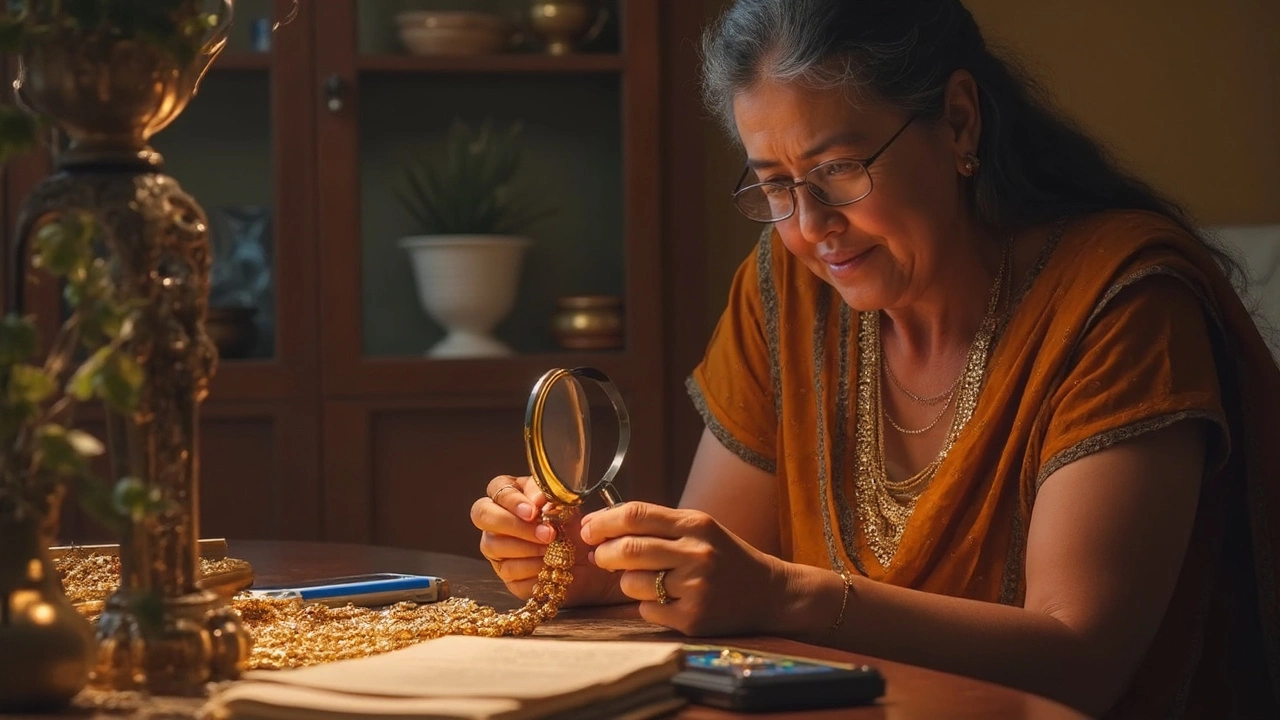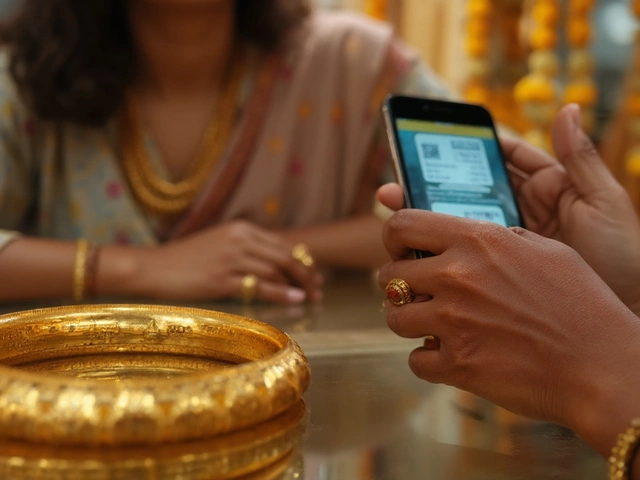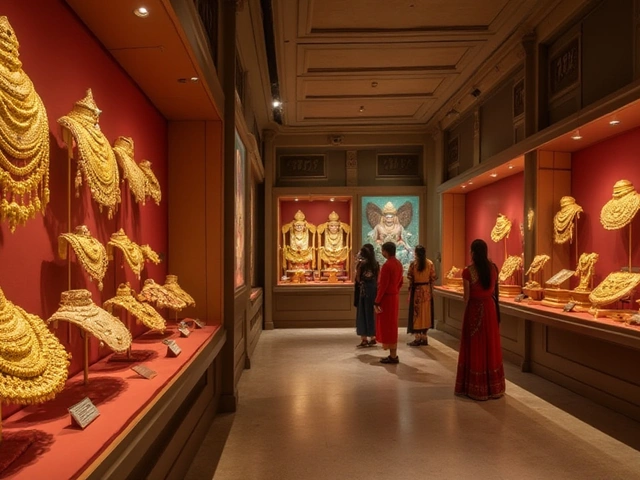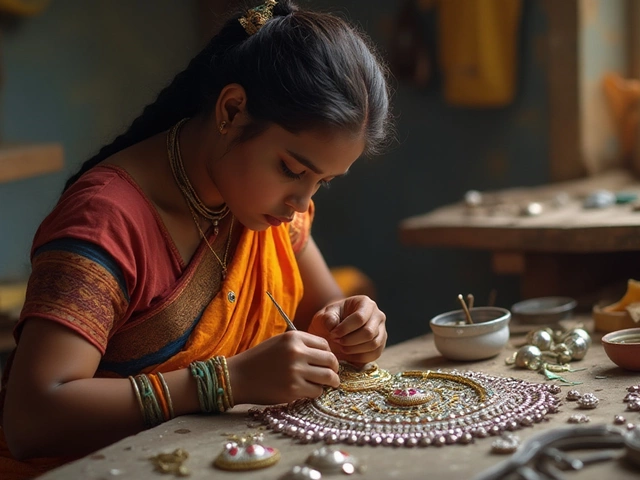Jewelry Appraisal Guide: How to Spot Real Value
Ever wondered if that gold chain is really 21K or just a cheap plating? You’re not alone. Knowing how to appraise jewelry saves money, builds confidence, and helps you avoid getting duped. Below are the most practical steps you can do at home, plus when to call in an expert.
Read the Marks – Your First Clue
Every genuine piece sold in India carries a hallmark. Look for the BIS (Bureau of Indian Standards) stamp – it’s a small circle with numbers like 875, 916, or 750. 875 means 21K gold (21 parts pure gold, 3 parts alloy). 916 equals 22K gold, while 750 is 18K. Silver uses 833 for 83.3% purity. If you can’t find a mark, that’s a red flag. Sometimes the mark is hidden under a clasp or inside a pendant – gently slide the piece open and check.
Quick Home Tests to Verify Purity
When the hallmark is clear, you can confirm it with a few simple tests. The magnet test works for silver and gold: pure gold and pure silver aren’t magnetic, so a strong magnet shouldn’t stick. Note, though, that some alloys contain iron, so a weak attraction isn’t definitive.
The acid test is another go‑to method. You’ll need a testing kit with acids for 18K, 22K, and 24K. Scratch a tiny spot on an inconspicuous area, apply a drop of acid, and watch the color change. No reaction means higher purity; a green tint suggests lower purity or fake metal. Always wear gloves and work in a ventilated space.
Weight matters too. Gold is dense – a 10‑gram 21K piece will feel heavier than a 10‑gram plated item. Use a digital scale and compare the weight to online calculators that factor in size and design. If the weight is too low for the size, the piece is likely not solid gold.
When Gems Join the Party
Gemstones need a different eye. Look for laser inscriptions or tiny stamps on the back of a stone – they often indicate the type (e.g., “S” for sapphire). Use a jeweler’s loupe (10× magnification) to spot inclusions; real stones have natural flaws, while synthetics appear flawless.
For diamonds, the "four Cs" (cut, color, clarity, carat) determine value. You don’t have to become an expert; a basic clarity check (no visible black spots) and a good cut (sparkling brilliance) usually mean higher value. If the stone comes with a GIA or IGI certificate, that’s the gold standard for authenticity.
Professional Appraisal – When to Seek Help
Home tests are great for a quick check, but they aren’t foolproof. If you have heirloom pieces, large gold bars, or high‑value gemstones, take them to a certified appraiser. Look for someone accredited by the Indian Institute of Gem & Jewellery (IIGJ) or a reputable jeweler with a BIS‑approved testing lab.
A professional will provide a written report with market value, purity verification, and resale advice. This document is essential if you plan to insure the item or sell it later.
Keeping Value in Mind
Not all jewelry holds its price. Classic designs, well‑known brands, and timeless metals (like 22K gold) tend to retain value better than trend‑driven pieces. If you’re buying with investment in mind, focus on purity, brand reputation, and classic styling.
Finally, store your pieces properly. Keep them in a soft pouch, away from moisture, and maintain the hallmarks in a safe place. Proper care prevents tarnish and keeps resale value high.
Now you have a toolbox of quick checks, hallmark knowledge, and guidance on when to get a professional eye. Use these tips next time you shop, inherit, or think about selling – and you’ll walk away feeling confident about the true worth of your jewelry.
How to Find Out What Your Jewelry Is Worth: A Hands-On Guide to Antique Designs
Ever wondered about the real value of your old jewelry? This article breaks down clear steps for figuring out what your antique pieces are actually worth. You'll learn where to look for clues, how to avoid costly mistakes, and when to get a professional opinion. Plus, get smart tips on getting the most accurate reading of your jewelry's value. Ideal for anyone sitting on family heirlooms or flea market finds.





